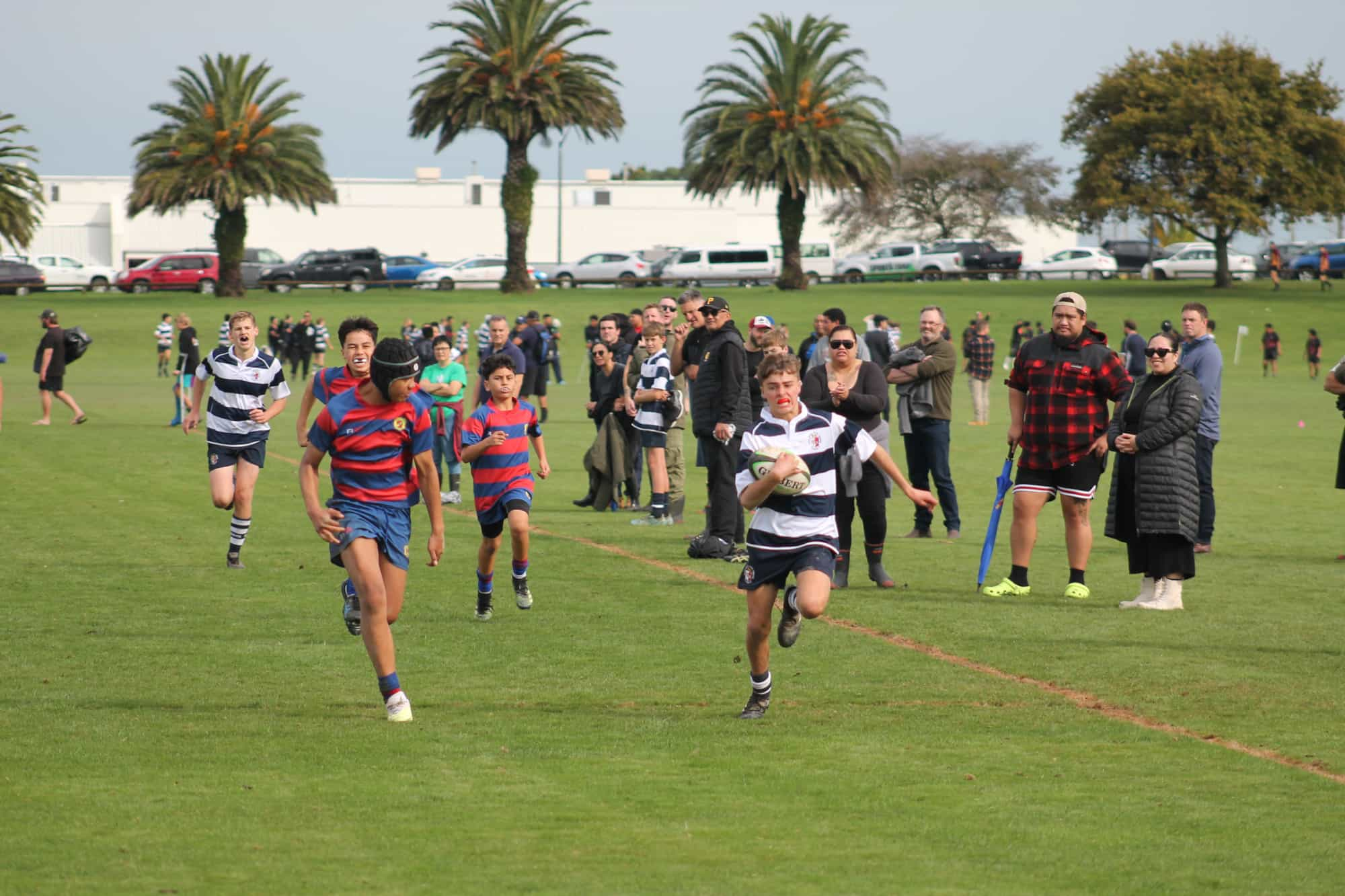
GAME ON!

Game On is a way for games to still be played when a team has less than 15 players and/or less than 3 trained front rowers.
WHY GAME ON?
No one likes training during the week only to have the match defaulted on Friday night or Saturday morning. If you're a rugby coach you might have to spend all week looking for front rowers.Game On and it's designed to make sure that the rugby still kicks off.
HOW DOES IT WORK?
The rugby match will play under the Game On approach if a team has 15 and/or fewer players or doesn't have enough front-rowers.
Agreement must be reached with teams and match officials prior to the match starting, however, teams are encouraged to agree on the Game On options in the days leading up to match day.
WHO WILL USE GAME ON?
Game On is used in Senior Club rugby grades below Senior 1, and secondary school rugby below Premier 1,
Game on report resource

FREQUENTLY ASKED QUESTIONS
WHY DID MANAWATŪ RUGBY INTRODUCE GAME ON?
Game On means that more rugby games kick off. The approach aims to limit the number of defaults in school and club rugby due to not enough front rowers or players.
Rugby players want to play the game they love and Game On makes sure that happens.
HOW DO TEAMS DECIDE HOW TO PLAY UNDER GAME ON?
Game On will only be used when a team(s) has less than 15 players and/or insufficient front rowers to commence the match.
Agreement must be reached between teams and match officials prior to the match starting.
Teams are encouraged to agree on the Game On options in the days leading up to match day.
The designated match official will complete a Game On match report which will record the reasons and variations used.
To download the Game On match report resource click here
Match officials will follow the below process:
1. Team Size
Agreement between 10 - 15 a side. In the event of no agreement, decision defers to team with smallest number of available players.
Teams who reduce numbers are allowed to maintain substitute players. For example, a team with 13 players are able to play 10-a-side and utilise three substitute players.
2. Rolling Subs (Adult Club Rugby only).
Rolling Subs are to be used during Adult Club Rugby matches, unless otherwise agreed.
The Half Game rule still applies to Secondary School Rugby.
3. Contested or uncontested scrums
Subject to availability of minimum of three qualified front rowers in starting 15. There is no requirement to have additional front rowers as named replacements.
4. Match length
If no agreement, revert to following match lengths based on team size:
- 10 a side: 2 x 20 min halves. 40 min max.
- 11 a side: 2 x 25 min halves, 50 min max.
- 12/13 a side: 2 x 30 min halves, 60 min max.
- 14 a side: 2 x 35 min halves, 70 min max.
- 15 a side: 2 x 40 min halves, 80 min max.
Secondary School games remain a maximum of 70 minutes.
5. Competition Points
To ensure meaningful competition between teams, matches played under Game On are for competition points.
6. Communication
The referee and team representatives are required to meet before kick off to confirm the Game On process. Team representatives are also encouraged to communicate as early as possible in the lead up to the match.
DOES GAME ON CHANGE THE WAY THE GAME IS REFEREED?
All Game On matches will be played under the current Laws of Rugby. For example, if teams begin the Game On match with three front rowers and no suitable replacements then uncontested scrums will be used.
WILL TEAMS LOSE COMPETITION POINTS WHEN THEY PLAY UNDER GAME ON?
Game On is designed to ensure that the rugby still kicks off and players still get to play a competitive game.
This means that the team that does not have the required 15 players or front rowers does not automatically lose the match, or competition points. The result will still be determined by a good game of rugby.


MANAWATŪ RUGBY UNION
30 Waldegrave Street,
Palmerston North
Office: 9am - 4pm


